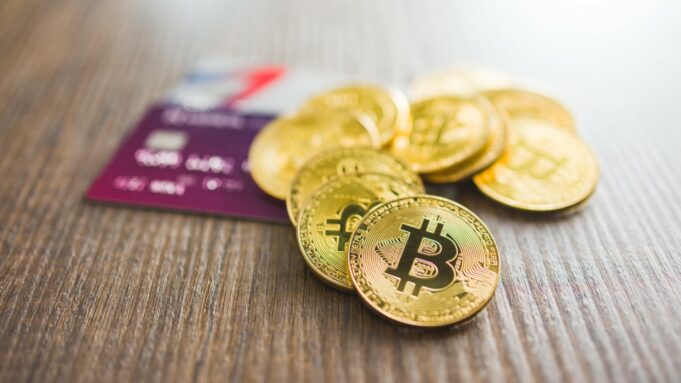Bitcoin, the world’s first cryptocurrency, was designed to be a decentralized digital currency that operates on a peer-to-peer network without any central authority or intermediaries. Unlike conventional currencies that rely on central banks to issue and regulate them, Bitcoin is created and maintained by a decentralized network of users who collectively validate and record transactions on a public ledger called the blockchain.
One of the most critical components of the Bitcoin network is the block reward, which is the incentive paid to miners for validating and adding new blocks to the blockchain. In the early days of Bitcoin, the block reward was set at 50 bitcoins per block, and it was halved every 210,000 blocks. As of May 2020, the block reward stands at 6.25 bitcoins per block, and it will continue to decrease until all 21 million bitcoins are mined.
The block reward is crucial to the Bitcoin network’s security and sustainability. It serves two primary purposes: to incentivize miners to validate and secure the network and to distribute new bitcoins into circulation. Without the block reward, the Bitcoin network would be vulnerable to attacks and would eventually become unsustainable as the supply of new bitcoins runs out.
The Impact of Block Rewards on Bitcoin’s Distribution
The block reward has a significant impact on the distribution of bitcoins. As new bitcoins are created and distributed through the block reward, they enter the market and become available for purchase, trading, and investment. The distribution of bitcoins affects the supply and demand dynamics of the market, which, in turn, affects the price of bitcoins.
In the early days of Bitcoin, the block reward was high, and there were relatively few users and miners. As a result, the distribution of bitcoins was concentrated among a small group of early adopters and miners who were able to accumulate large amounts of bitcoins at a low cost. This concentration of bitcoins created a significant wealth gap between early adopters and latecomers, which has persisted to this day.
According to a 2017 study by Chainalysis, a blockchain analytics firm, approximately 4 million bitcoins, or 23% of the total supply, are held by a small group of investors who have never sold more than 25% of their holdings. These investors, known as hodlers, have accumulated large amounts of bitcoins over time and are believed to have a significant impact on the market’s supply and demand dynamics.
The concentration of bitcoins among hodlers and early adopters has led to concerns about the centralization of Bitcoin’s distribution and its impact on the network’s security and sustainability. A small group of hodlers could potentially manipulate the market by buying or selling large amounts of bitcoins, which could lead to price volatility and instability.
To address these concerns, many proponents of Bitcoin advocate for a more equitable distribution of bitcoins through various means, such as mining pools, exchanges, and peer-to-peer trading platforms. These initiatives aim to decentralize the distribution of bitcoins and make them more accessible to a broader range of users, thereby reducing the concentration of bitcoins among a few large holders.
Conclusion
The block reward is a critical component of the Bitcoin network, and its impact on the distribution of bitcoins has far-reaching implications for the market’s supply and demand dynamics, price volatility, and network security and sustainability. The concentration of bitcoins among early adopters and hodlers has led to concerns about centralization and calls for a more equitable distribution of bitcoins.
As the block reward continues to decrease, Bitcoin’s distribution will continue to evolve, and new initiatives will emerge to address the challenges of centralization and promote a more decentralized and sustainable Bitcoin ecosystem. Ultimately, the success of Bitcoin and other cryptocurrencies will depend on their ability to balance the needs of users, investors, and miners and to create a more equitable and sustainable financial system for all.

























